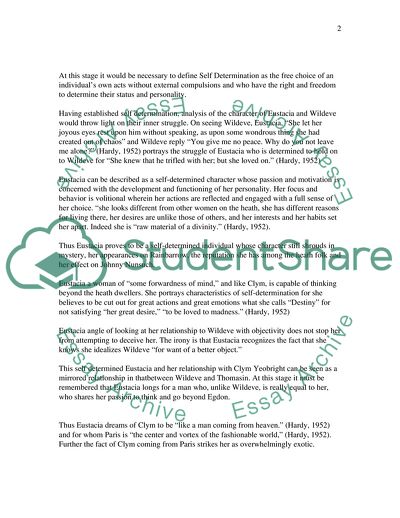The Return of the Native Critique Book Report/Review Example | Topics and Well Written Essays - 2000 words. https://studentshare.org/literature/1720467-the-return-of-the-native-by-thomas-hardy
The Return of the Native Critique Book Report/Review Example | Topics and Well Written Essays - 2000 Words. https://studentshare.org/literature/1720467-the-return-of-the-native-by-thomas-hardy.


